Hosta "Empress Wu": description, landing and care
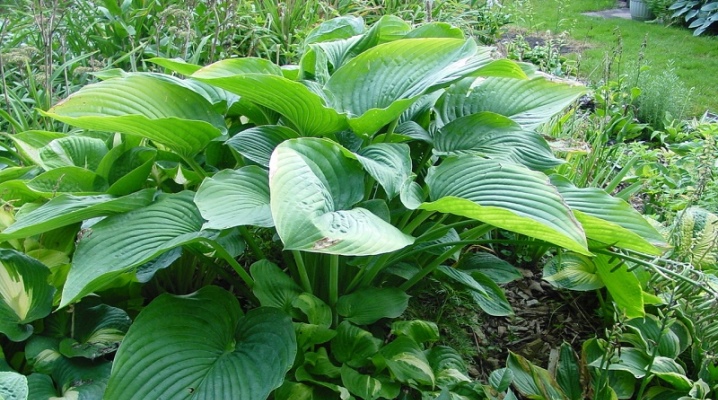
Hosta or funkiya is a winter-hardy perennial shrub native to the Far East. The main feature of the plant is its large leaf plates and cluster-like inflorescences. Among the variety of hosta species and varieties, Empress Wu stands out. The size of the variety is almost gigantic in comparison with its relatives. Let us examine in more detail the description of the plant, as well as the measures for planting and caring for it.
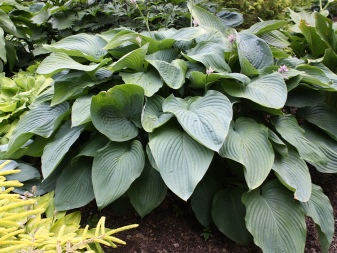
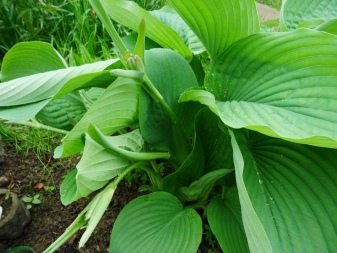
Description
Khosta "Empress Wu" - the largest variety, which among other varieties compares favorably with its size. The plant belongs to the large Asparagus family and bears the name of the only female empress who ruled China. The shrub belongs to herbaceous perennials and prefers to grow near rivers, at the edge of a forest or at the base of mountains. In height, the giant bush reaches 1.5 m, and in width it can grow up to 2.5-3 m. Erect leaves form an extensive rosette.
The structure of the leaf plates is corrugated, in the spring they are covered with a light waxy coating, giving them a matte green-blue tone, and in the summer they acquire a dark green color. "Empress Wu" has an inconspicuous, but at the same time exquisite flowering. Peduncles are tall, with racemose inflorescences, while the buds have the shape of neat funnels, often located on one side. They are painted in a pale lavender color. Abundant flowering, falls mainly in July. The hosta looks most impressive in the third year of life, when the rosette is fully formed, and the flower arrows are covered with numerous delicate inflorescences. After the end of flowering, fruits are formed on the peduncles - triangular capsules, inside which black seeds are placed.
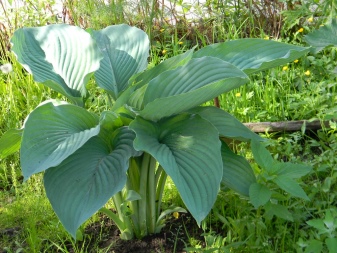
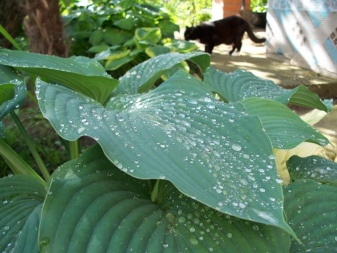
Landing
In order for "Empress Wu" to please for a long time with its magnificent view, it is worthwhile to take the choice of the place and the landing itself with all responsibility. Basic requirements for hosts:
- the plant is undemanding to the composition of the soil, but still prefers loamy soils;
- the soil should not be too wet;
- sandy soil is not very suitable for this variety, but if there is no other choice, then complex mineral fertilizing and humus are mandatory;
- the landing site should be spacious, with light partial shade.
It is worth planting or replanting a shrub in early spring or late autumn. They dig up the earth well, dig a spacious hole, slightly larger than the root system of the bush. It is recommended to add a drainage layer and a little Kemira Universal mixture to the bottom. Then a little earth is poured on which the roots of the plant are well distributed in a circle, covered with soil and tamped.
After planting, the host must be well hydrated.
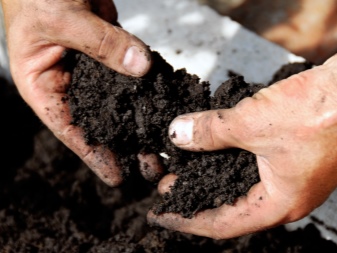
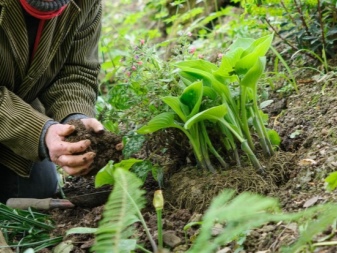
Care rules
It is not difficult to take care of the "Empress Wu" hosta, the plant does not put forward any special requirements. All she needs:
- watering;
- top dressing;
- loosening;
- pruning.
Due to the large size of the leaf plates, moisture quickly evaporates, with a lack of it, the edges of the leaves dry out, and the peduncles wither. On the other hand, excess moisture also has a detrimental effect on the plant, so frequent watering is needed, but not too abundant. It is recommended to moisturize the hosta daily, especially in hot weather.
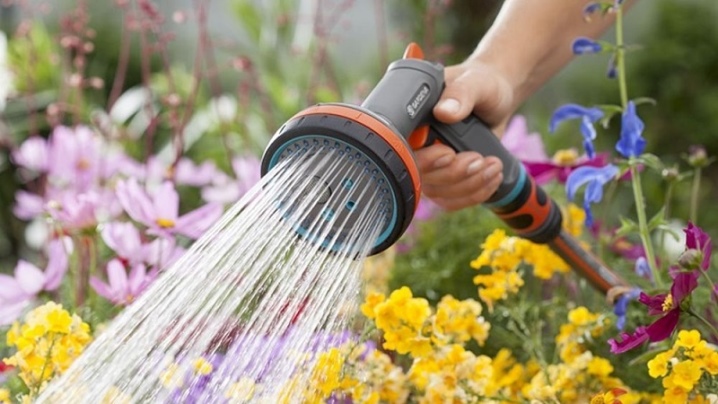
The plant reacts equally well to mineral fertilizing and organic matter. To facilitate maintenance and not frequently fertilize, you can mulch the bushes with organic matter, in addition, such a procedure helps to retain moisture.A mixture of mullein, potassium sulfate (1 part), nitrate (1 part) and superphosphate (2 parts) is well suited for a plant. During the formation of buds and after their flowering, it is worth feeding the plant with potassium-phosphorus fertilizers with nitrogen. It is recommended to loosen the soil around the trunk often so that there is no earthen crust.
Faded shoots and dry leaf plates should be cut off. This will improve the appearance and help maintain the shape of the bush. There is no consensus among gardeners about cutting the ground part for the winter.
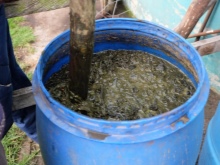
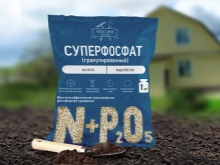
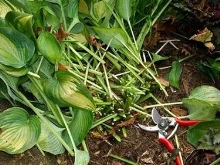
When planning to trim a leaf outlet, this should be done before the onset of cold weather, but care must be taken that all the leaves are already yellowed. Otherwise, the plant is likely to dry out.
If the foliage is left for the winter, it serves as an additional shelter, but it must be cut off in early spring. With proper care of the host, "Empress Wu" can grow in the same place for 15 years without losing its decorative effect. This variety has frost-resistant properties and does not require shelter for the winter. In cold regions, for a safety net, you can cover the bush with foliage, and then sprinkle it with snow.
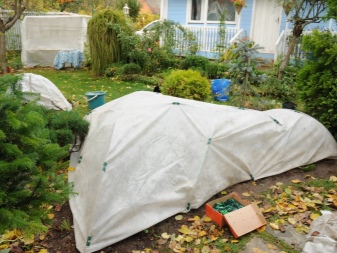

Reproduction methods
Grow a given host in several ways:
- dividing the bush;
- cuttings;
- seeds.
Dividing is a very easy and efficient breeding method. If everything is done correctly, the time of the procedure is insignificant. Adult bushes over 3 years old dig up and divide the rhizome into several parts with adventitious roots. They are planted according to the planting rules. Cutting is best done in summer. An escape with a "heel" is planted in light nutritious soil, you can directly on the garden bed or in a container. The leaf should be cut off, so the stalk will quickly start up the roots. The shoot is covered with a glass or plastic cap, and when the roots appear, the shelter is removed (this, as a rule, takes several days). Further care of the plant is usual.
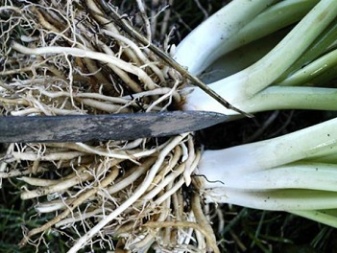
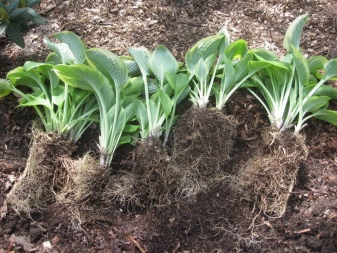
Seed propagation is the most laborious and long-lasting. In order for the plant to acquire a decorative look, it is worth waiting for 5 years, besides, the germination of seeds is not too high. For those who decide to try, the breeding procedure is as follows:
- in February, the seeds are placed in the refrigerator for a month, on the lower shelf for stratification;
- after that they are kept in "Kornevin" for 20-30 minutes;
- then they are sown in sterile soil 6-7 cm deep, the container should also be treated with potassium permanganate;
- the container is covered with foil or glass and kept in a semi-shaded place at a temperature of + 18-25 ° C;
- shoots appear after 3 weeks, after the formation of 2 true leaves, the shoots dive into separate containers with a mixture of soil and sand (4: 1);
- watered through the pallet;
- the shelter is gradually removed, and after 10 days the sprouts can be taken out into the open air;
- when the seedlings are fully strengthened, they can be planted in the place of growth.

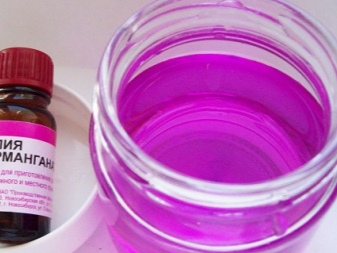
With a little effort, you can get a majestic shrub on the site that will attract the eyes of everyone present.
And with proper care, the plant will adorn the garden with its huge chic leaves and graceful inflorescences for many years.
Check out the next video for more information on planting and caring for the Empress Wu Host.







































































































The comment was sent successfully.